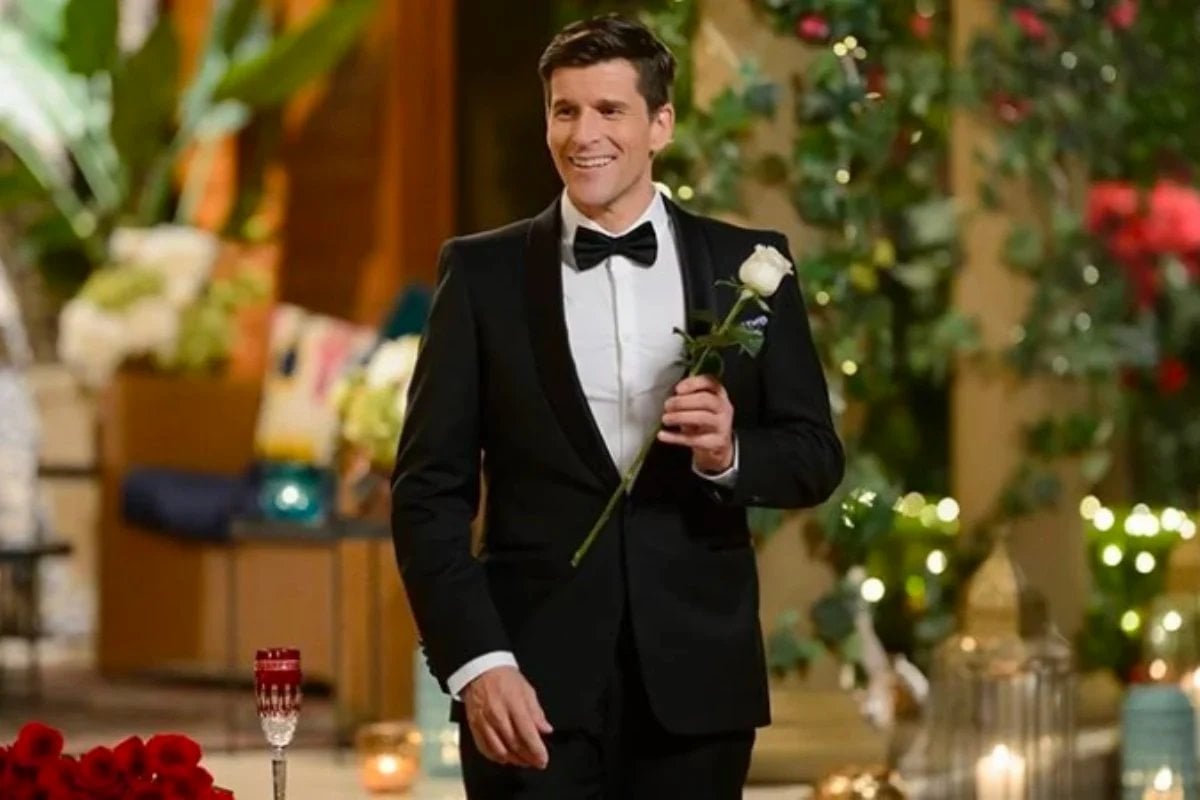
The Bachelor Australia has officially been axed after just over a decade on air. But — and I'm going to be brutal here — the franchise has no one to blame but themselves.
The show wasn't always terrible. Remember when we'd all rush to Rosie Waterland's recap like it was a bedtime ritual? How Twitter exploded when Richie Strahan broke Nikki Gogan's heart? When Channel 10 cancelled interviews with Blake Garvey and Sam Frost before the finale even aired?
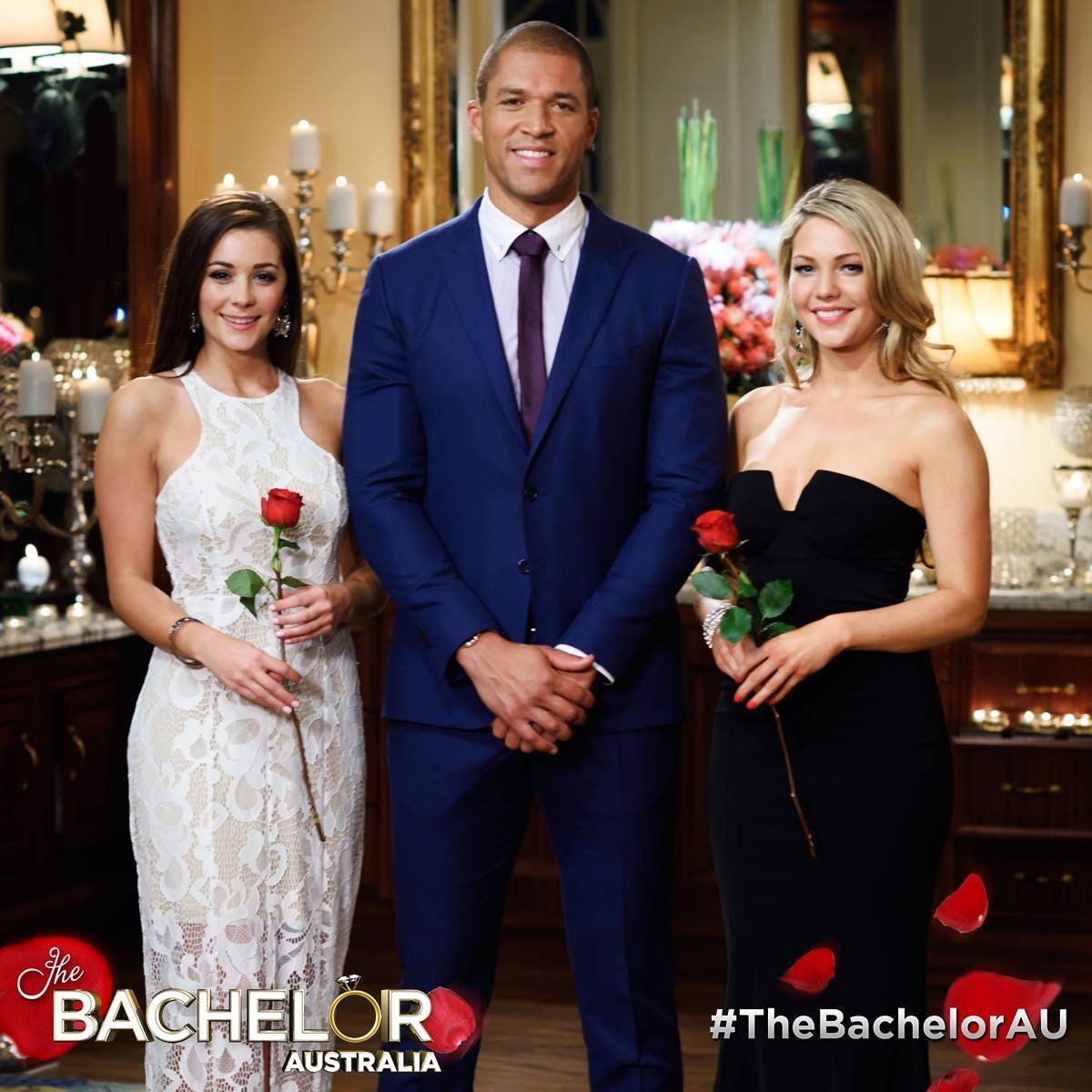 Guessing why the media was cancelled consumed the entire lead-up to the Season 2 finale. Image: Network 10.
Guessing why the media was cancelled consumed the entire lead-up to the Season 2 finale. Image: Network 10.

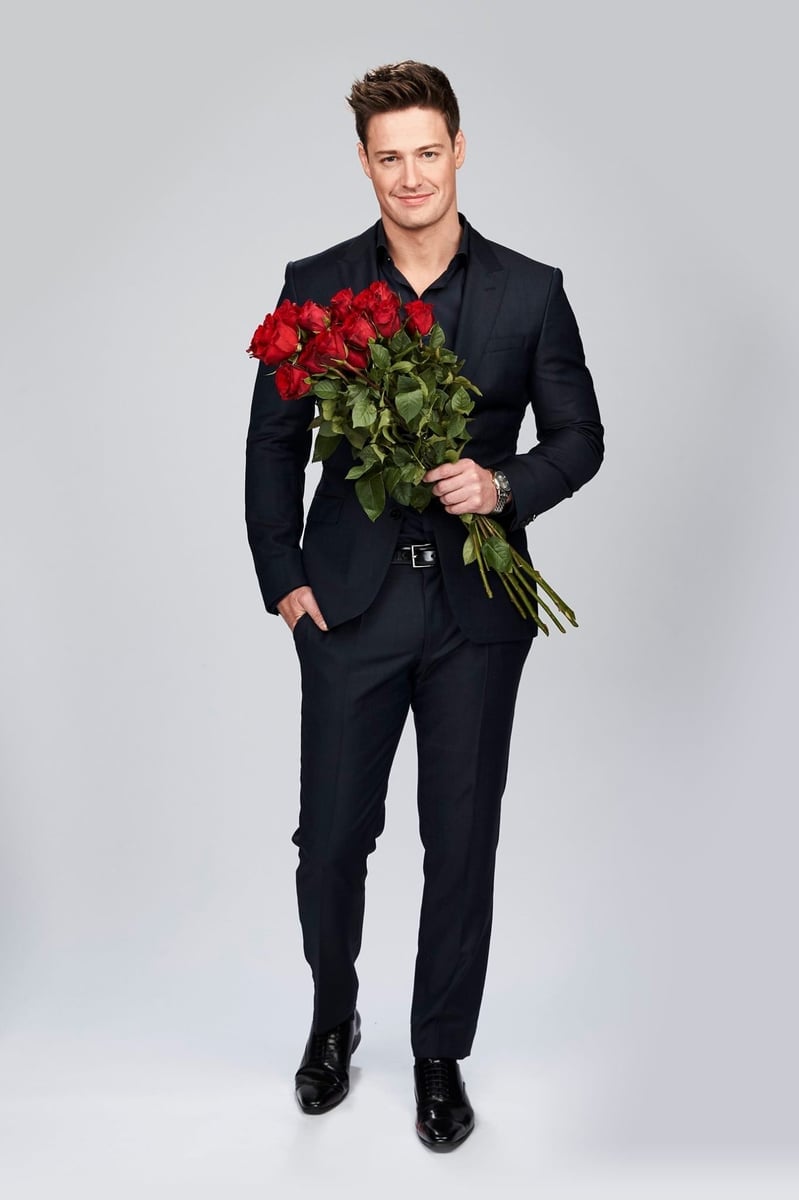
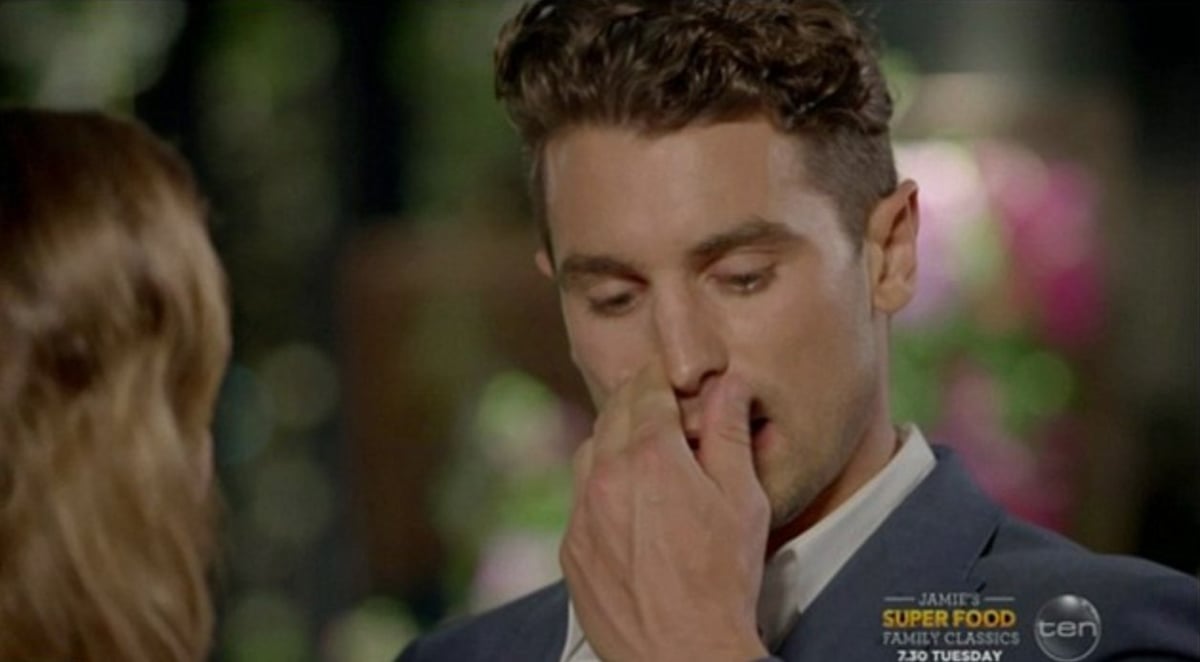

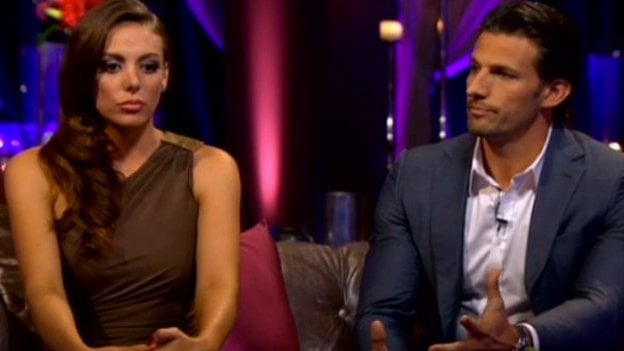
Top Comments